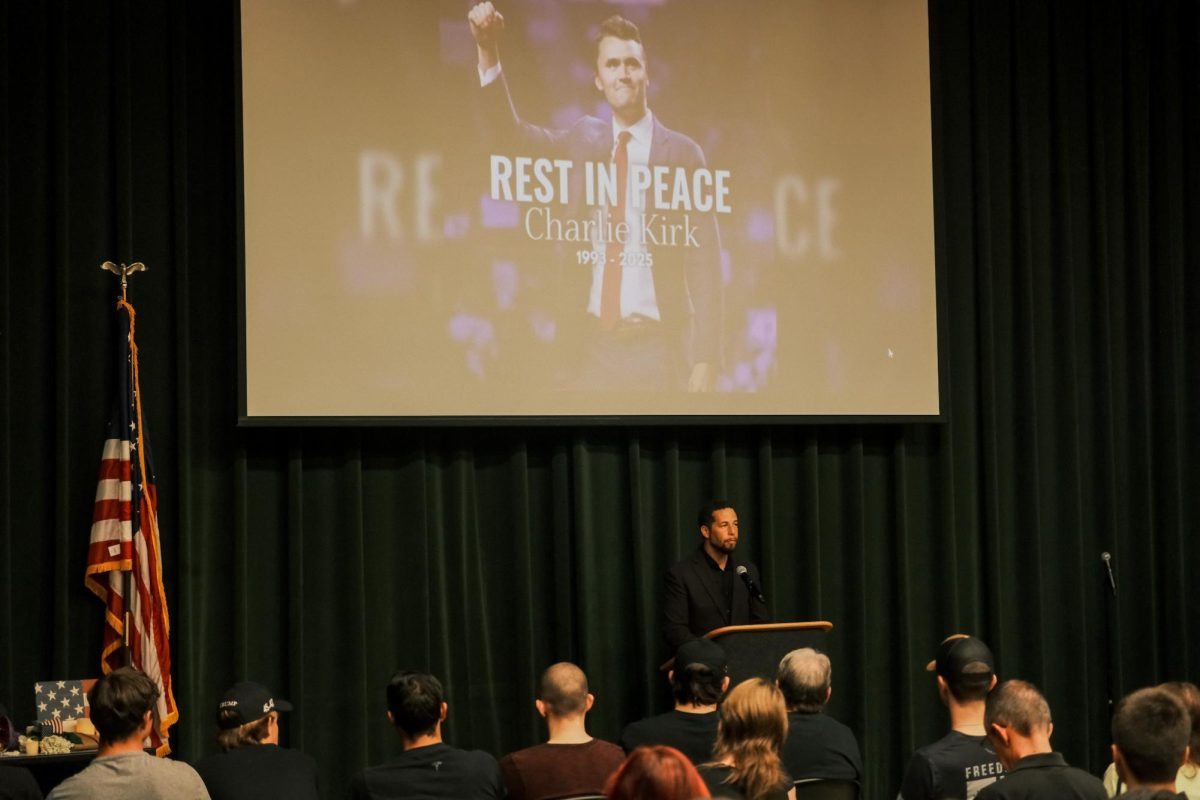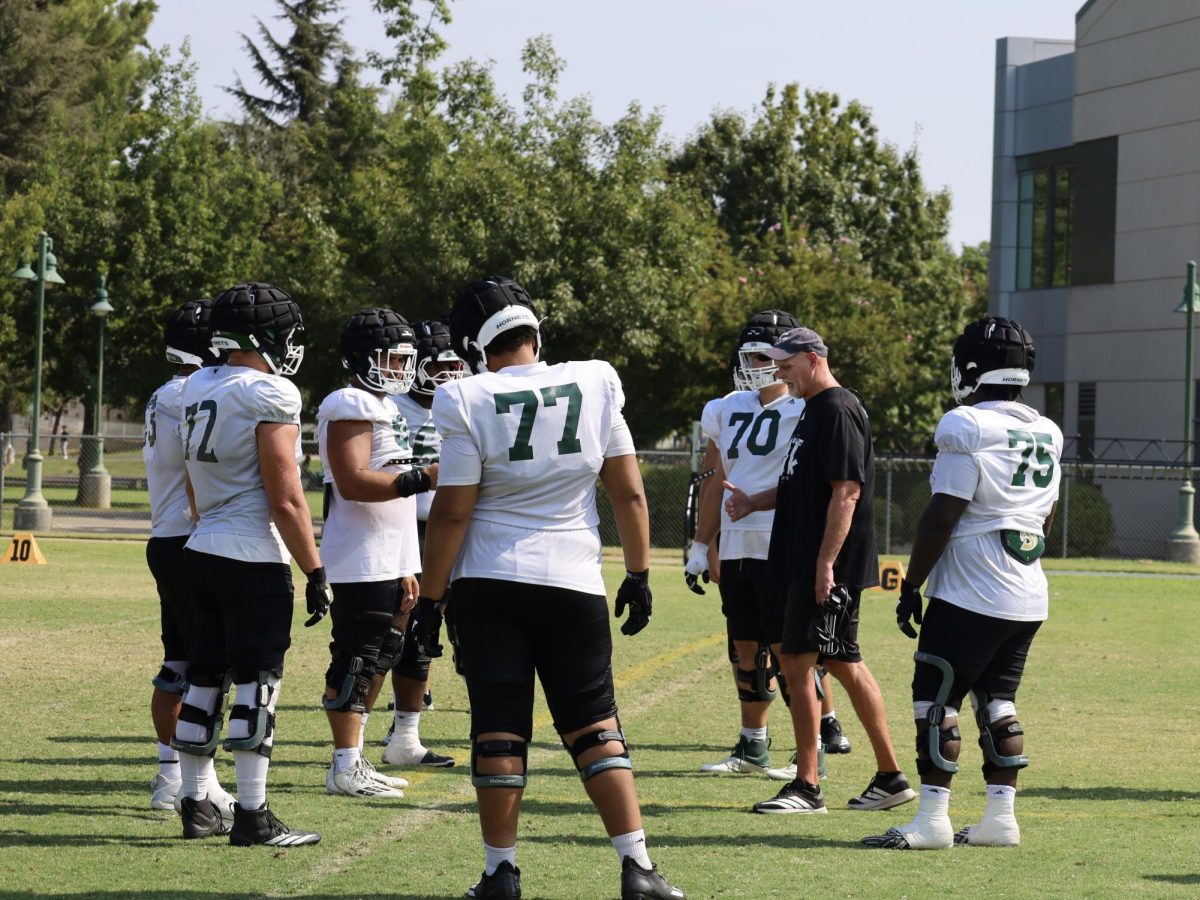Science department asks for new facilities, planetarium
March 19, 2014
In an effort to increase student safety and classroom space, Sacramento State plans to replace small and outdated labs with an estimated $86 million science facility, which includes a planetarium.
Approval of building the modern structure by California State University Chancellor Timothy White would lead to the removal of several 40-year-old campus buildings, including Sequoia and Humboldt Halls.
Mike Lee, vice president for administration and chief financial officer, said the older science buildings do not have adequate labs for teaching classes like chemistry and biology. He said safety is a main concern, as the outdated labs are not keeping up with the latest scientific standards and the best solution is to start over.
“In our view, it does not make good financial sense to put in a lot of money to repair,” Lee said. “We have long reached the point where we are better off to have a replacement.”
Lee said the older buildings do not meet student demand with a lack of space for those in need of a lab. He said the updated facility would erase the problem by increasing space in rooms and the overall amount of labs.
Orysya Kostyuk, a biomedical sciences freshman, said she strongly supports the idea of increasing space and fears her path to graduation will be severely delayed if her college does not address the amount of crowded classrooms soon.
“I started my semester with zero units,” Kostyuk said. “I tried crashing five science classes, but was only able to get in one, and that was because the teacher kept bothering the advisers higher up until they finally let her accept whoever she wanted.”
Despite working on the proposal for several years, a widespread lack of CSU funding means Sac State still has a long way to go before the project is approved.
Lee said every campus is in need of a renovation, but due to recent budget restraints, White’s office has created a mathematical system to determine renovation priority.
When White visited every CSU campus in spring 2013, Sac State made it a point to show him the poor conditions of the labs. White recognized the campus was in need of a change but that need is not the only factor taken under consideration, Lee said.
White’s office prioritizes school renovations based on how much the current space is being used. If the statistics show a space is overcrowded with students constantly, then those areas are the first targeted.
Lee said even though many science classes are impacted at Sac State, White’s formula addresses the use of space for all times of the week, not just during peak hours, and also takes into account summer usage.
Since most of the classes at Sac State are scheduled between 9 a.m. and 2 p.m., the overall space utilization rate is too low to impact immediate change.
Lee said the administration is attempting to increase the rate by spreading out schedule planning of classes and creating a better balance. He said they also want to show White the need for a new building is based less on lack of space, but more on the inferior quality of the labs.
Allie Rummerfield, a junior biological sciences major, said the planetarium is not a good idea if it takes up classroom space. She dislikes using resources to appease just astronomy because it does not benefit the whole science college.
“I think it would it be cool if labs are updated,” Rummerfield said. “I would have to see pictures of it and visualize exactly (what) they want to do. Right now, I need more information.”
Even though the science replacement building is just one of several capital funding projects planned by Sac State, Lee said it remains a main emphasis.
“Our project is very critical,” Lee said. “But if there is simply no funding available, no matter how high it is in priority, it will have to wait.”































































































































